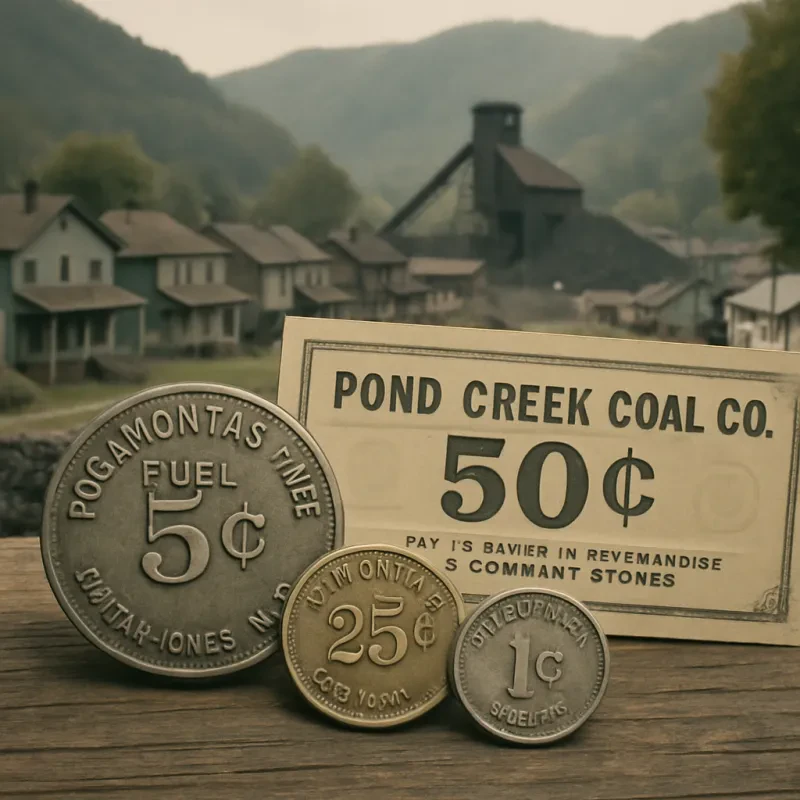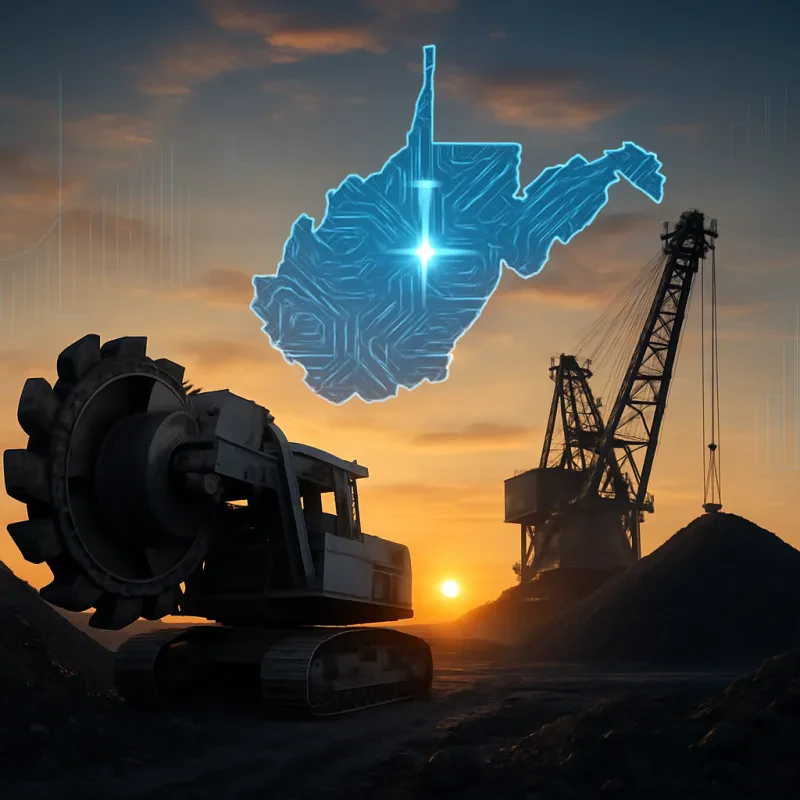The Coal Industry in West Virginia: Navigating the Present and Pioneering the Future
In the heart of Appalachia, West Virginia's coal industry continues to be a pivotal player in the state's economy and the broader energy sector. Despite the challenges posed by environmental concerns and the rise of renewable energy sources, coal production in the Mountain State remains significant. This article delves into the latest data on coal production, its economic impact, and emerging trends that are shaping the future of this storied industry.
Current State of Coal Production
West Virginia has historically been one of the largest coal producers in the United States. As of the latest data, the state still ranks among the top in terms of coal output, contributing significantly to the nation's energy mix. According to the U.S. Energy Information Administration (EIA), West Virginia accounted for a substantial portion of the country's total coal production, underscoring its critical role in energy production and security.
The coal industry in West Virginia is not just a major energy producer; it's also a significant economic engine. It provides thousands of jobs directly and indirectly supports many more in related sectors, such as transportation and logistics. The industry's contribution to the state's GDP is noteworthy, making it an indispensable part of West Virginia's economy.
Economic Impact
The economic footprint of the coal industry in West Virginia extends beyond employment and GDP contributions. It also plays a crucial role in funding state and local government through taxes and royalties. These financial contributions are vital for public services, including education, healthcare, and infrastructure development.
However, the industry faces challenges, including market fluctuations and increasing regulatory pressures aimed at reducing carbon emissions. These factors have led to a shift in the energy landscape, with coal's dominance being challenged by cheaper and cleaner alternatives.
New Trends in the Industry
Adaptation and innovation are key themes as the West Virginia coal industry looks to the future. One of the most notable trends is the focus on cleaner coal technologies. Efforts to reduce the environmental impact of coal production and use are underway, with investments in carbon capture and storage (CCS) and coal gasification technologies gaining traction.
Moreover, the industry is exploring diversification strategies. This includes venturing into coal byproducts, such as rare earth element extraction, which are essential for electronics, renewable energy technologies, and defense applications. Such initiatives could provide new revenue streams for the industry and reduce its environmental footprint.
The coal industry in West Virginia is at a crossroads, facing the dual challenge of maintaining its economic role while addressing environmental concerns. With its rich coal reserves and industry expertise, the state is uniquely positioned to lead in the development of cleaner coal technologies and diversification efforts. As the industry navigates these changes, its ability to adapt and innovate will be crucial for its sustainability and continued contribution to West Virginia's economy and the nation's energy security.
In summary, the coal industry in West Virginia remains a vital part of the state's economy and the U.S. energy landscape. By embracing new trends and technologies, it has the potential to overcome current challenges and secure its position in the future energy mix







